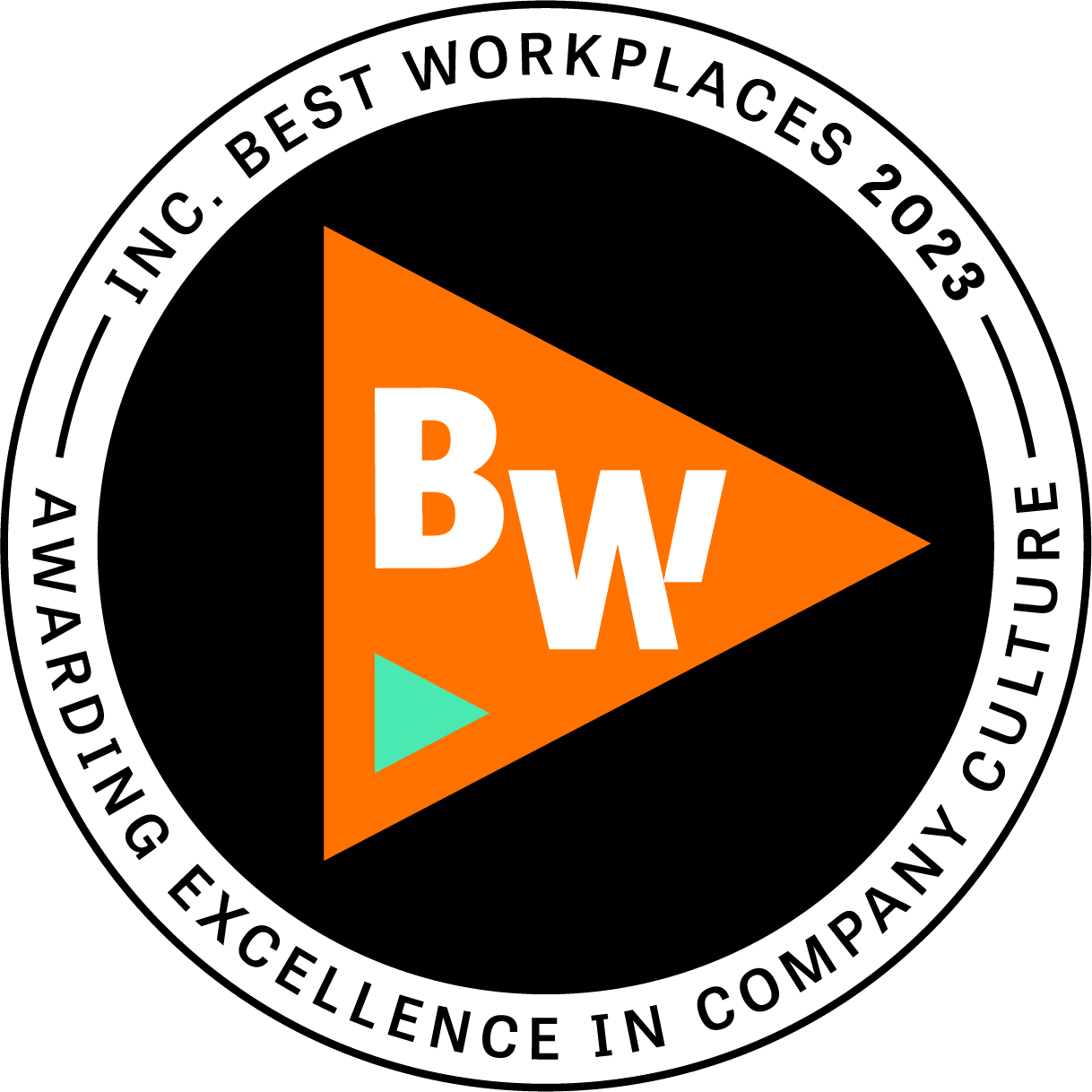In 2012, I took my years of tinkering and passive interest in these personal computer machines and began taking formal training in this revolution of silicon and binary to obtain knowledge, certifications, and ultimately, a career.
I chose this route as Information Technology is most certainly an industry heavy in ‘experience counts’ over fancy (and expensive) degrees. This is a setup, of course, because nobody will hire you without experience that you cannot get because nobody will hire you to get it. Fun, right?
Also, do not send me hate mail, there is nothing wrong with any of my BSIT brethren out there, I am simply saying that it is not a must to have a successful (and lucrative) career in IT.
Interestingly enough (maybe), my first love was not with the autoexec.bat and config.sys files (though we had a few dates and some laughs. Okay, tears), it was in web design. I loved all things about the internet (still do), but I did not quite have the interest in programming or quite frankly the chops for it.
I remember taking an HTML (4.0), FrontPage (R.I.P.) and Photoshop (still alive and well!) boot-camp as my first foray in IT training because back then everything was hand coded. Line by line. Page by page. Then CSS came out and, well, now you can go and design a slick website with Wix in about 30 minutes.
What in the world does any of this have to do with Project+? Well, it seems I have come full circle as the first IT certification I ever earned was the tried-and-true CompTIA A+. This certification was my entry point into a career in IT. It still took me some time for a company to give me a shot, but once they did – I did not look back. 9 years later (good grief) and I just passed, cleared for my European friends, the CompTIA Project+!
After obtaining several Microsoft certifications over the last couple years, I wanted to switch things up and expand my knowledge on managing projects. Here at Cloudforce, we eat, sleep and breath projects. Even in my world of O&M, everything from onboarding a new client into our Managed Cloud Program to developing client Dashboards (test question!) is a project.
We already have a bona fide PMP in the company with several others chasing that as well. I was not looking to go that route (read: I am not a crazy person), but I still wanted to sink my teeth a bit more into that world.
Fortunately, CompTIA has the Project+. This is designed for people who manage small to medium, less complex projects versus those who say, build bridges, send rockets to the moon, or migrate a large, multi-national’s infrastructure to Azure. Basically, for simps like myself.
As far as the test itself…how can I put this. Have you ever wondered just how many different ways there are to ask the same question? Well move over Microsoft, CompTIA would like a word! (No, not this Word).
In all seriousness, the content of the exam is not all that difficult in and of itself, especially if you have been around in the business world for any length of time. You will likely have heard all the vocabulary by now, though being a mathapalegic, the formulas were a challenge for me. Oh, and is there ever a tremendous surplus of vocabulary to memorize! Lucky you.
I do not say this in any way to diminish this exam because it is a tough one. It consists of 90(!) questions and you have 90 minutes to complete it. Yes, that is correct, you get one minute per question, so buckle up.
I was concerned at times whether I would be able to finish. Further, in another effort to one-up Microsoft apparently, you need a 710 out of 900 to pass. That is a narrow margin.
CompTIA recommends you have about 12 months of project management experience under your belt, and it would certainly help.
Here is what you will be learning:
- Identify the fundamentals of project management
- Initiate a project, including creating project plans, stakeholder strategies, and scope statement
- Develop a work breakdown structure and activity lists
- Develop a project schedule, identify the critical path and costs
- Create project staffing and quality management plans
- Create effective communication, change management and transition plans
- Create a risk management plan, perform risk analysis, and develop a risk response plan
- Monitor and control project performance, constraints, risks and procurements
- Perform project closure activities
There is a lot of ‘order of operation’ type content here. Project Management, to nobody’s surprise, is very procedural and the questions often reflect that by asking what the BEST way is or what is the absolute very NEXT thing you do before passing Go and collecting your $200. Which would help given this test cost $338 real American dollars, plus any study materials and $10 for Tylenol.
All in all, I really enjoyed digesting this content. It was challenging, beneficial and best of all, it is a good for life exam! I feel more prepared on how to prepare for my next project and can even barge in on my fellow Project Managers meetings and pretend I know what is going on!

 by
by 






































